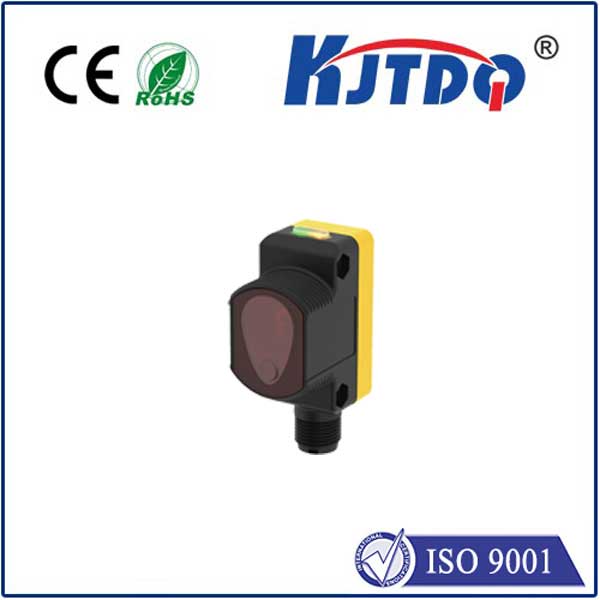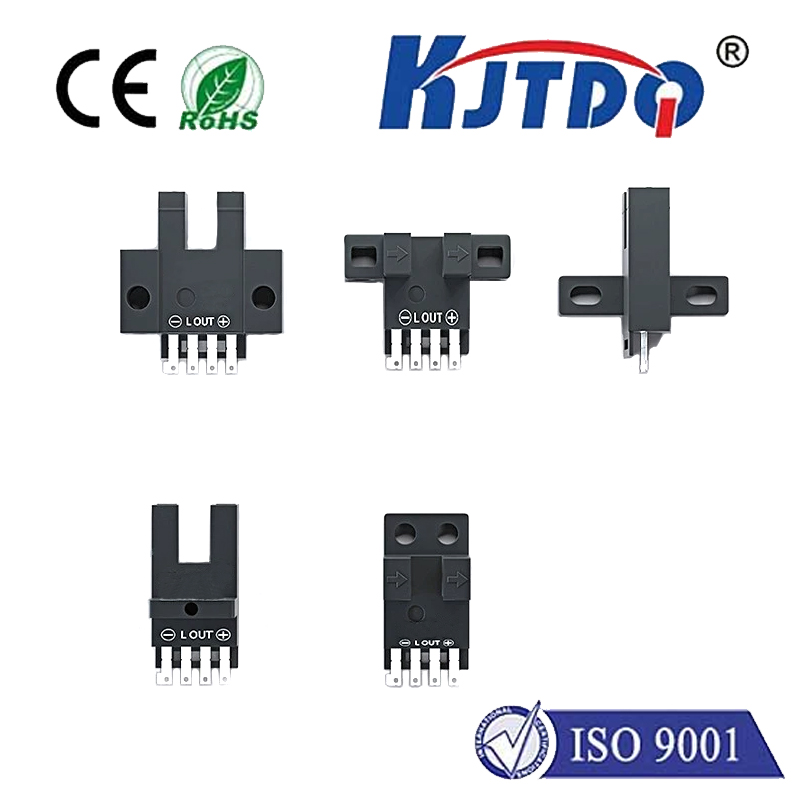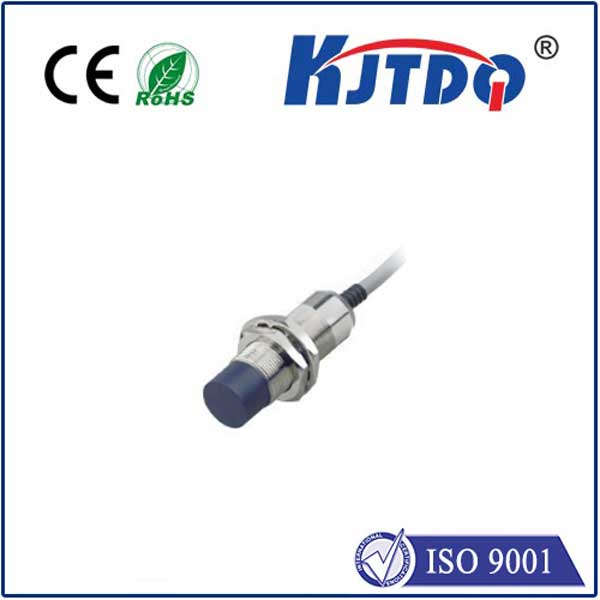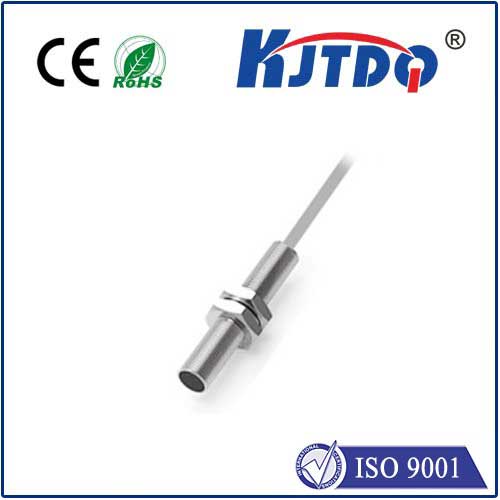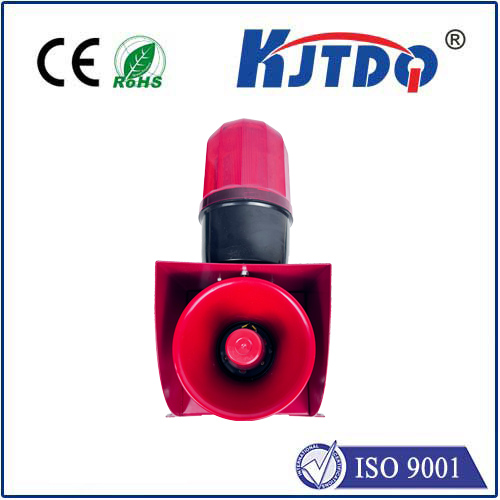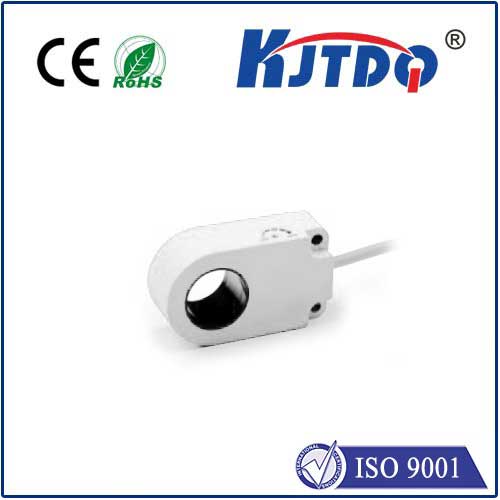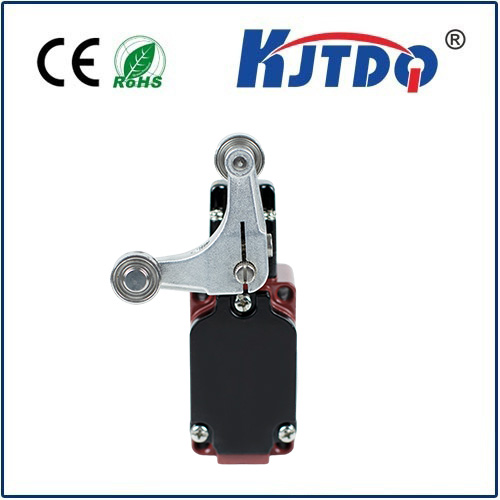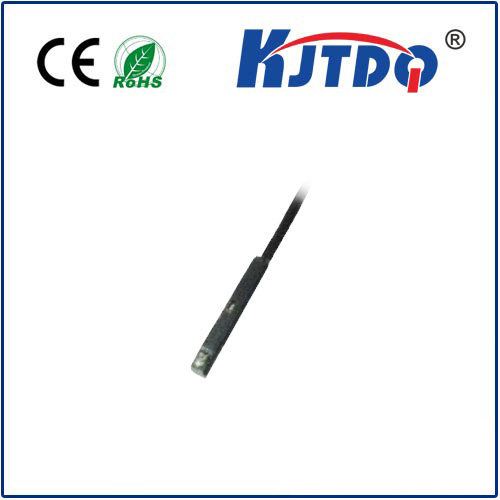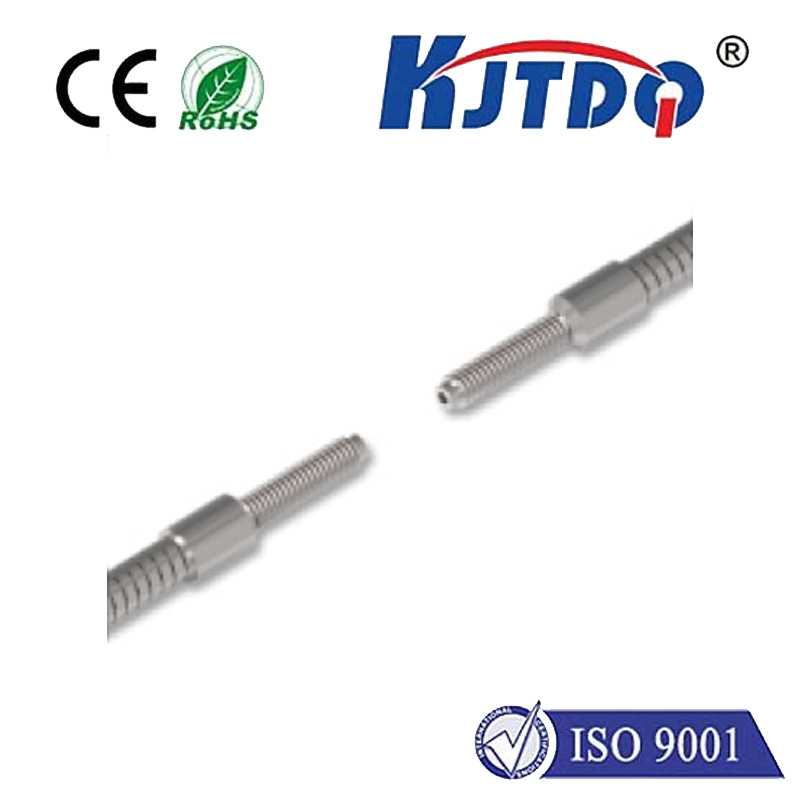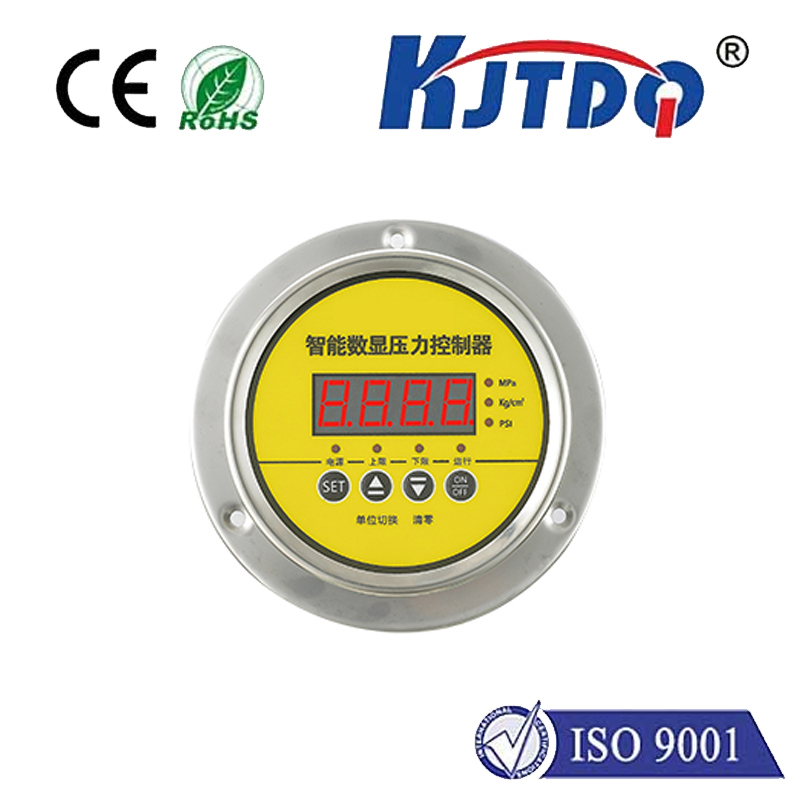
check

check

check

check
Proximity sensors are electronic devices that detect the proximity of an object or person to another object or person. They work by emitting a radio frequency (RF) signal, which is reflected back by the object or person. The sensor then measures the time it takes for the signal to travel between the two objects and calculates the distance between them. There are several components that make up a proximity sensor, each with its own unique function.
One of the most important components of a proximity sensor is the transmitter-receiver pair. This consists of an RF transmitter and an antenna attached to the receiver. The transmitter emits a RF signal that is reflected back by the object or person, and the receiver receives the signal and converts it into an electrical signal that can be processed by the microcontroller (MCU) or microprocessor (MPU).
The MCU or MPU is responsible for analyzing the electrical signal and calculating the distance between the sensor and the object or person. It also determines whether the object or person is within range of the sensor's activation zone. The activation zone is a specified distance beyond which the sensor will trigger an output signal, such as turning on a light or sounding an alarm.
Another important component of a proximity sensor is the power source. Most proximity sensors use a non-removable battery to power their operation. Some newer models may use a rechargeable battery or solar panels to reduce the need for replacing batteries.
Proximity sensors have a wide range of applications in various industries, including manufacturing, logistics, healthcare, and automotive. In manufacturing, proximity sensors are used to monitor the movement of machines and detect any potential defects or malfunctions. In logistics, they can be used to track shipments and ensure that products are being delivered to their destination on time. In healthcare, they can be used in medical devices to monitor patient vital signs and alert caregivers if there are any changes. In automotive, they can be used to detect pedestrians and other vehicles on the road, improving safety and reducing accidents.
In conclusion, proximity sensors are an essential component of modern technology that play a crucial role in many industries. By understanding how they work and the different components that make them up, we can appreciate their significance and potential applications even more.
